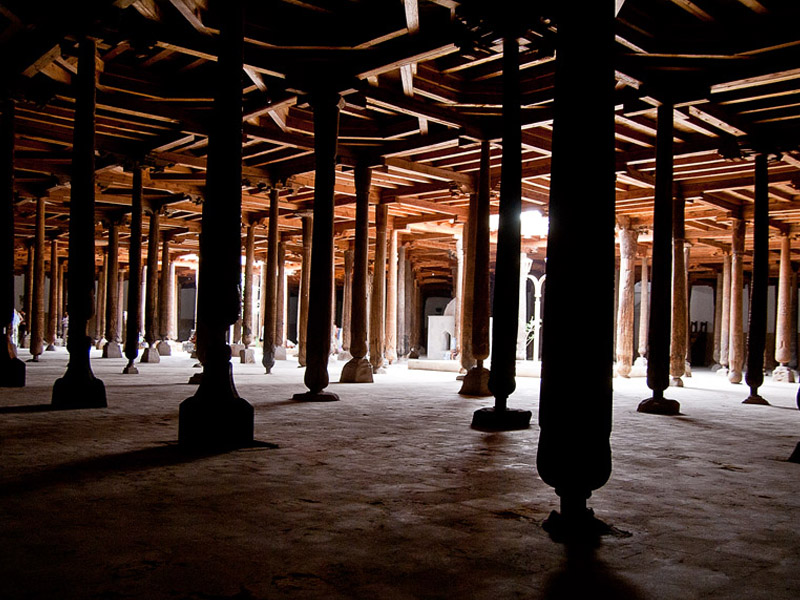



Attraction

Recreation

The building is fenced with brick walls. The interior space is a single hall, the flat ceiling of which is supported by 215 wooden pillars. This type of single-hall mosque is found throughout the world and throughout the ages; witness the magnificent mosque in Afrasiab (tenth century), an Iranian mosque in Plain (tenth century), the Morocco mosque of Khas-an in Rabat (twelfth century) and others. But the constructive plan and decor of the Khiva Djuma mosque express originally. Small openings were made in the ceiling for light and ventilation of the hall.
The finish of fagade is open brick. The interior is simply plastered. Spaces between the windows are painted in black and red colors; trees, bushes, and irises are realistically represented, symbolizing the wish of peace and tranquil in the monumental and decorative art of Central Asia. Irises were also used in the painting of the Ferghana mosques, in the Mamangan Khodja Amin Kabri, and other memorials. The carved doors and mosque pillars are of special interest. They were built in different periods.
The deep and raised carving with a Kufi inscription decorate the boles of the pillars of the tenth — eleventh centuries. Flatter ornament and smaller painting with flourishing Kufi are seen on the pillars of the eleventh — twelfth centuries. The text on them reminds the worshippers that «this possession belongs to Allah». The combination of geometric and plant ornaments and Arabic script is peculiar to the pillars of the fifteenth century. The majority of the pillars were erected in the eighteenth century and some of them are of late origin. One can read these dates on the doors and pillars: 1316, 1510, 1788, 1 789, probably, showing the stages of building the mosque.
The forest of pillars standing in the semi-darkness of the hall, adorned with the best patterns of Khorezm carving is expressive of the inimitable art of the local masters.